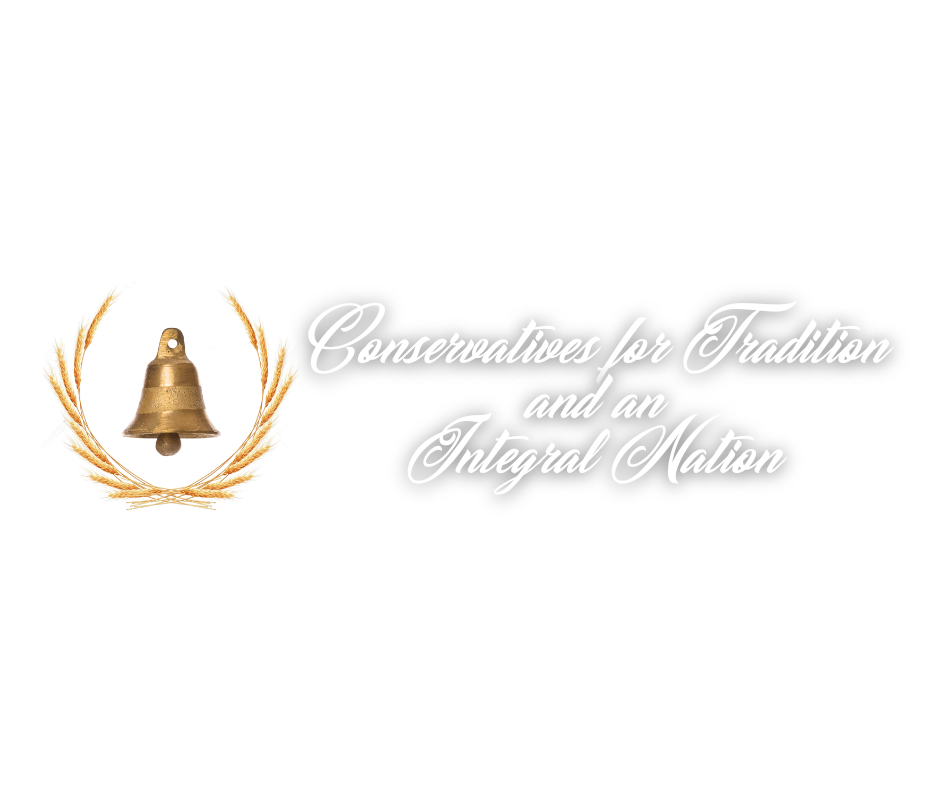Community: The Civic Ecosystem
The perfect metaphor for human society is the coral reef. Formed by different coral species, the larvae search for barren structures in the ocean desert to form their reef. These coral species form a system, transferring nutrients with various algaes, as well as each other, in order to survive. This symbiotic exchange of nutrients provides sustenance for surrounding organisms, thus creating a thriving ecosystem. A similar process was seen in the formation of America’s social system.
The American nation was founded by many different ethnic, cultural, and religious groups, but the one thing they all had in common: they followed the ideals of rugged individualism. The first explorers who settled this region were frontiersmen experiencing a land they had no foreknowledge of. As such, they had to become as self-reliant as possible in order to not die. This led to a culture founded on self-sufficiency and a strong work ethic, important values for an enduring civilization. This in turn impacted how communities were formed. Throughout American history the most popular form of community aid was the Mutual Aid Society. As the name implies, these groups were founded on mutual aid, an organization principle where individuals cooperate in order to exchange resources and services. It was understood early on that when self-sufficient individuals collaborated, they increased their mutual prosperity exponentially. This practical application of enlightened self-interest was preferred over government welfare, as it encouraged individuals to not become reliant on handouts while still receiving assistance. It also modified the way in which charity was provided, rather than just merely being given free resources, individuals helped each other become more self-reliant and physically independent. As the saying goes: “If you give a man a fish, you feed him for a day. If you teach a man to fish, you feed him for a lifetime.”
The concept was best embodied by steel titan Andrew Carnegie. In his work “The Gospel of Wealth”, Carnegie advocated that individuals should not only use their surplus wealth on their own personal extravagance, but on aiding other members of society in becoming self-sufficient, thus allowing them to achieve prosperity through perseverance. This idea that individuals with surplus income possessed a noblesse oblige, an obligation to aid others and improve society, was a philosophy supported by the founding fathers. Benjamin Franklin put it best in the phrase: “Do Well by Doing Good”. Abrahamic and Dharmic religions also support such an idea. Regardless of which of the major faiths one adheres to, within the scriptures are passages that demonstrate that while God endorses commerce as an integral part of civilization, it's expected that people use their wealth responsibly and not waste it on excess extravagance.
With these ideals American communities, from small towns to large cities, became the embodiment of social stability allowing for the growth of commerce and wealth. However, these societies were eventually destroyed, uprooted by the social effects of the industrial revolution. With the mass migration of citizens from their communities to work in factories, and the subsequent explosion in urban growth, the traditional communal systems could not survive. Thus in order to save the nation, the mutual aid communities must be reborn into a new form, one that can exist in modern society.
To regenerate this American communal system, we shall implement the collegia system of Rome. The collegia were fraternal orders that citizens could form to advance their shared interests, with authorization from the government. By facilitating the establishment of such orders throughout the civil sector, the communal spirit of the US can be restored while still preserving the rugged individualism that turned the nation into a Superpower. To further bolster this system, these orders will be further interconnected by requiring their connection to an institute that will serve as a nexus point. Town squares were traditionally the nexus point of any society, both rural and urban, the place where the entire community gathers together to strengthen the bond amongst the citizens. With the rapid expansion of populations and urban areas, the town square will no longer suffice as a nexus point. The chambers of commerce however are well suited for this role. Commerce chambers are associations for all businesses in certain geographic areas. Since this makes them the center of commercial activity for an area, it is logical to assume such an institution can serve as a nexus for civic activity as well. The chambers will act as a modern day town square, further uniting the people of America.
Key to the restoration will be the use of technological advances in transportation and communication. Just as the Canadian government united its provinces through railroads and telegraphs, so too can the internet be used to undo the atomization of society. The cultural impact of instant communication on a global scale cannot be denied. But the internet is merely a medium for spreading cultural influence, it does not possess cultural ideas of its own. As such, iit can be leveraged to spread traditional values, with the right guidance and incentives. Combined with internal improvements to public transportation, a new traditionalist communitarian social order will emerge, one that unites the digital and physical world while balancing individualism and collectivism.
